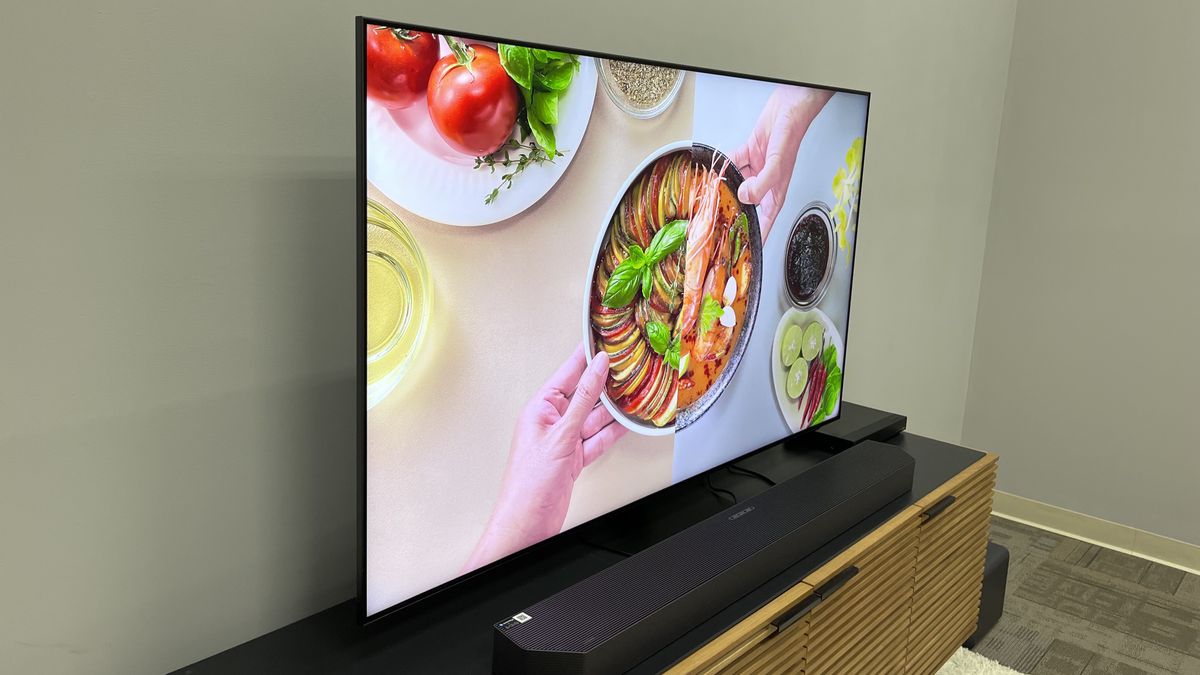Samsung & Netflix HDR: The Silent Treatment? A Deep Dive into the Ongoing Compatibility Issues
For years, consumers have expected seamless compatibility between their high-end televisions and streaming services. However, a noticeable lack of HDR (High Dynamic Range) support on certain Samsung TVs when streaming Netflix has left many users scratching their heads. This article explores the ongoing compatibility issues between Samsung TVs and Netflix HDR, examining potential causes and offering solutions for those affected.
The Problem: A Patchy HDR Experience
Many Samsung TV owners have reported inconsistent HDR performance with Netflix. While some models and content work perfectly, others display HDR content in SDR (Standard Dynamic Range), resulting in a significantly duller and less vibrant picture. This isn't a problem limited to older models; reports indicate that even newer Samsung TVs experience this issue. The lack of clear communication from both Samsung and Netflix further exacerbates the frustration. Is this a deliberate omission, a technical hurdle, or simply a matter of ongoing software updates?
Potential Causes: A Multi-faceted Issue
The reasons behind this inconsistent HDR compatibility are likely complex and multifaceted:
- HDMI Handshaking Issues: HDR requires precise communication between the TV and the streaming device. Problems with the HDMI handshake process, which establishes the connection parameters, could lead to a fallback to SDR.
- Firmware Conflicts: Outdated or conflicting firmware on either the Samsung TV or the streaming device can disrupt HDR functionality. A mismatch in HDCP (High-bandwidth Digital Content Protection) versions is also a common culprit.
- Content Licensing: Although less likely, it's possible that specific Netflix content might have licensing restrictions that prevent HDR playback on certain devices or through certain platforms.
- Lack of HDR Support in Specific Apps: While the Netflix app should support HDR, a bug within the app itself, specific to certain Samsung TV models, could be responsible.
- Samsung's Internal Processing: The way Samsung's internal image processing handles HDR metadata might be contributing to the issue.
Solutions and Workarounds:
While a permanent fix awaits official action from Samsung and Netflix, users can try the following:
- Firmware Updates: Ensure your Samsung TV and any streaming devices connected (e.g., a Netflix-enabled game console) have the latest firmware updates installed. Check for updates regularly through your TV's settings menu.
- HDMI Cable Check: Use a high-quality, high-speed HDMI cable (at least HDMI 2.0, preferably 2.1 for optimal HDR performance) to ensure a robust connection.
- HDMI Port Selection: Try connecting your streaming device to a different HDMI port on your Samsung TV.
- Factory Reset (Last Resort): As a last resort, performing a factory reset on your Samsung TV may resolve software-related issues. Remember to back up your settings before doing this!
- Contact Samsung Support: If the issue persists, contact Samsung support directly to report the problem and inquire about potential solutions or firmware updates specifically addressing this incompatibility.
The Future of Samsung and Netflix HDR: Hope for Resolution?
The silence from both Samsung and Netflix regarding this widespread issue is concerning. Clear communication and a proactive approach to resolving these compatibility problems are essential to maintaining user satisfaction. While the precise cause remains elusive, the collective experience of affected users suggests a deeper underlying problem that requires a concerted effort from both companies to fix. We will continue to monitor this situation and update this article with any significant developments.
Call to Action: Have you experienced HDR issues with your Samsung TV and Netflix? Share your experience in the comments below! Let's collectively push for a solution.

